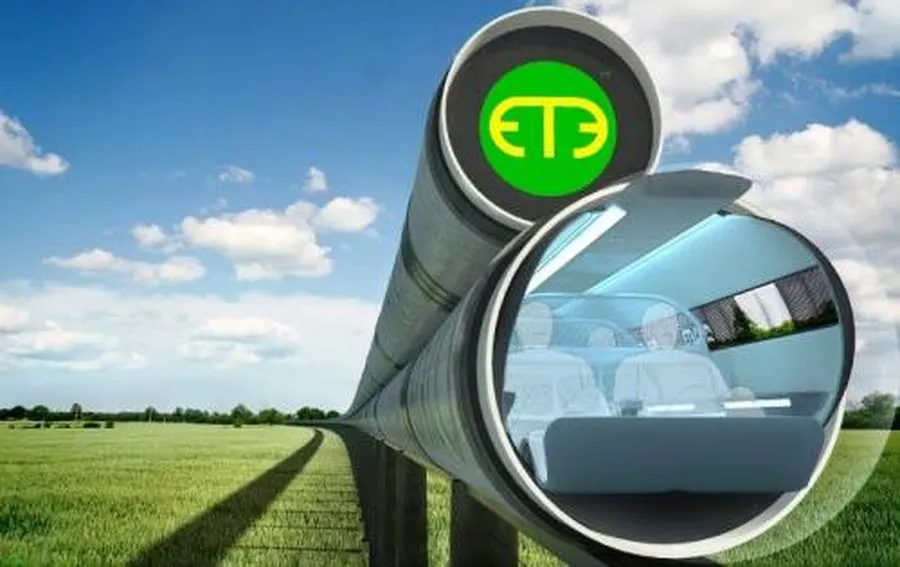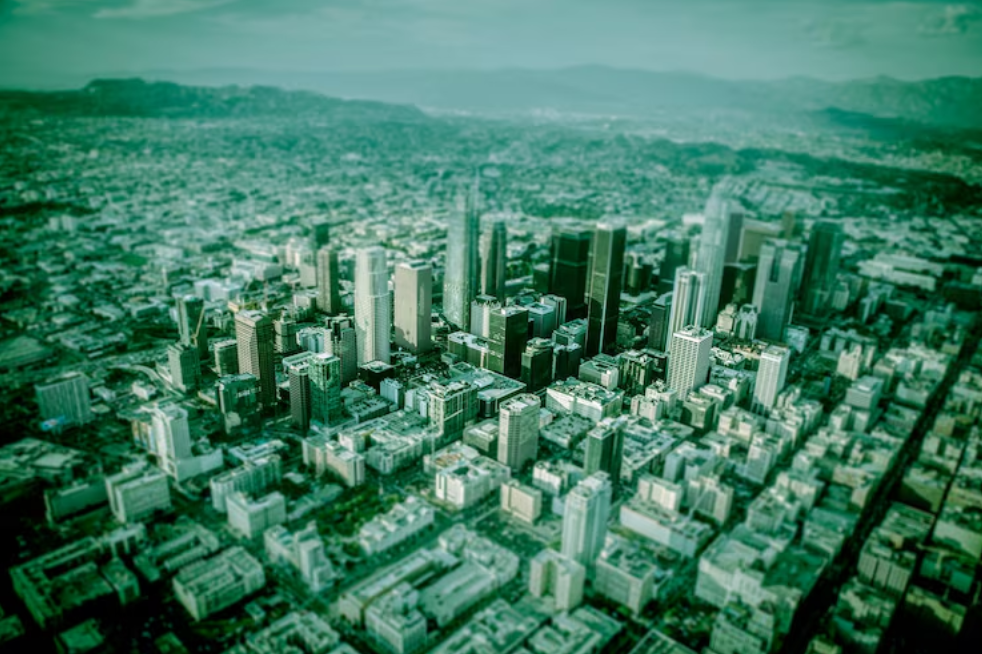Alternative Transportation Beyond the Status-Quo
Transportation alternatives to replace trains, planes and cars

What are the transportation alternatives beyond the automobile, trains and planes? What’s next for transportation? Technology has taken great strides over the past 100 years. The communications and information industries are nowhere near where they were 100 years ago. How many more years will it take for transportation to grow technologically? Trains, planes and automobiles existed 100 years ago. Yet, comparatively, no one today even knows how to send a telegraph.
The general public’s response of what the future holds for transportation is redesigning cars, planes, and trains. The precise answer to what the future of transportation will embrace; is found with a deeper understanding in the relation between transportation and land-use design.
With the four types of land-use design being; nature, agriculture, transit oriented and automobile centric, a radical shift to transportation innovation initiates a new type of land-use design for urban growth. Globally, there are currently two areas where a slight shift towards innovative transportation can be seen. Many years of economic increase allows these two areas to build new infrastructure into its urban growth: China and the United Arab Emirates.
China is building its 6th maglev (magnetic levitation) train technology system. China's first high-temperature superconducting maglev system completed its first trial operation in April 2023. This high-speed train uses leading technologies from other countries, allowing China to lead the world in maglev system implementation. Their systems development employes Germany’s maglev technology, Japan’s superconducting train technology, and America’s private sector hyperloop technology.
The United Arab Emirates has a tremendous amount of urban growth taking place. After several years of contemplation, they chose to implement a small, automated, rubber-tire-on-pavement vehicle network. UlTra is a small vehicle network technology system, referred to as Personal Rapid Transit (PRT). This company is the technology implemented with the parking lot circulator vehicle system used at London’s Heathrow Airport.
Personal Rapid Transit technology is an advanced form of public transit. While the United Arab Emirates had many choices, the only established choice was the UlTra parking lot circulator technology system.
Most of the advanced transit system technology companies that existed in the early 2000s, no longer exist. There were some exceptionally good technologies in development that were unable to attract funding for project implementation. UlTra was one of the very few that survived.
At the end of the PRT’s two-decade long development struggle, Hyperloop emerged. The process of its rise in interest was from a very different approach than the failed approach of the advanced transit development movement. It began with a billionaire entrepreneur releasing Hyperloop Alpha, a 58-page whitepaper describing a new era in transportation.
Social trends in transportation
The current social trend for transportation development is electric and autonomous cars. This trend towards autonomous cars is driven by the computer industry. This new computer technology has very little to do with advances of transportation modes and continues the unsustainability of automobiles within existing patters of urban growth.
While it’s true that electric cars have more efficient motors than gasoline and diesel engines, the unsustainable nature of roadbeds and traffic jams remains unchanged. Autonomous cars realistically enable dogs, cats, or rabbits to serve as chauffeurs. The unsustainability of cars still remains. The internal combustion motor is not efficient but the friction involved in an automobile is beyond comprehension as to why it even exists today as the primary source of transportation. Is it a cynical statement to assume that the proliferation of automobile dependence is predominantly due to the money involved and politics?
An appropriate question has to be asked.
How sustainable is advanced transit technology?
What is the sustainability of these advanced transit technologies? Many system designs include solar electric generation for power. Most new technology transit system companies are computer operated for increased vehicle frequencies. Driverless vehicles along dedicated grade separate rights-of-ways reduce stress relief of navigation. Wheel-less systems lower noise levels. In high density transit-oriented land-use areas, these new technology transit systems provide improved and convenient 24-7 accessibility. Overall, they maximize economic productivity by reducing wait times.
To afford increases of heavier ridership, new technology transit is automatically able to comply with an increase in the frequency of a vehicle’s headway (distance between vehicles) via the computerized technology, which shuttles more vehicles to particular locations.
In urban planning, the demand for transportation is proportionate to the increase in population. As populations grow, transportation loads expand at a proportionally greater rate. This increases the appetite for land consumption and improved mobility. By investing in an on-demand transit system, traffic congestion is mitigated through the use and application of this advanced technology. By the implementation of new technology transit in regional urban planning, the increased traffic loads are mitigated.
The consolidation of land-use has two positions of profitability. First is that some people prefer to not being forced to use a car as the sole source for transportation. Secondly, it frees up land available for rural growth that would otherwise be consumed by building tract houses and apartments to satisfy automobile centric land-use urban growth.
What are the social advantages? The transit-oriented land-use design implements social interaction. The small vehicle size engenders a non-threatening elevator type social environment. The overall advantage to transit-oriented land-use is its compact commerce design for resident and visitor convenience in access usability.
There is a social cry for transportation alternatives beyond 200-year-old train technology. An alternative to 125-year-old automobile dependence. And a modern alternative for fast transportation connectivity to long distance destinations.



